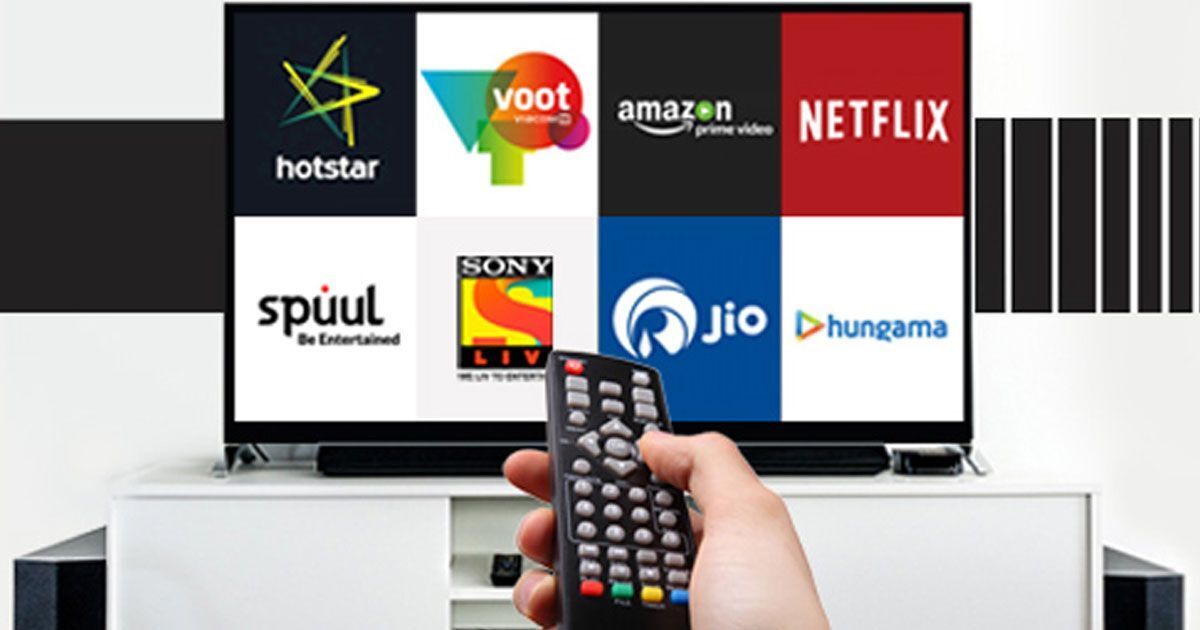
Prasenjit Dev
The COVID-19 crisis has shown us some dark days indeed. As malls, shops, parks, cinema theatres, and public places shut down, people had no choice other than looking for something interesting on their TV sets or mobile phones to overcome their mental fatigue. This eventually led to over-the-top (OTT) platforms taking centre stage.
With fast-paced internet and comparatively greater access to smartphones, OTT platforms like Netflix, Amazon Prime, Hotstar, ZEE 5, etc., soon became everyone’s first choice. When TV channels were busy broadcasting their old serials, OTT platforms streamed quality web series and new movies. The youth of India, the primary users of smartphones, soon adopted OTT platforms as their main source of entertainment.
Traditionally speaking, entertainment is a form of activity which holds the attention of an audience by ensuring optimum pleasure. Before the advent of television, people used radio sets as their main source of entertainment. Radio instantly took centre stage and became a way of spending quality leisure time. But, in 1965, when daily transmission was started by All India Radio (AIR), Indians got a new medium of entertainment, i.e., television. Although the programmes broadcasted were related to agriculture, family, and health, people found a new medium to spend their leisure time.
Gradually, television in India became popular, and in 1982, with the introduction of colour television, Indian viewers got the real taste of entertainment in the form of dance, music, dramas, and folk art. The 1980s and 1990s was the era of Doordarshan. This single channel was the one-stop destination for a wide array of programmes ranging from family, comedy, crime thrillers, children’s shows to mythological dramas. But, India was going through a transition period and all doors were opened for globalisation, which gave entry to private and foreign broadcasters. By 1995, India’s journey of television, which had started with 41 television sets and only one channel, had expanded to more than 70 million homes with a viewership of more than 400 million via more than 100 channels.
Over the last two decades, India has seen massive changes in the way entertainment is being delivered to the viewers. With the advancement of technology and ever-increasing global impact, today, India has five basic types of television: broadcast, free-to-air, direct-to-home (DTH), cable television, internet protocol television (IPTV), and over-the-top (OTT). Among all these platforms, OTT is currently ruling the market. Today, Indians are well-equipped with smartphones, and online streaming platforms are the most preferred destination for entertainment.
In this critical phase of the COVID-19 crisis, when researchers are busy learning more about the vaccine, viewers have found their new modes of entertainment. In a recent study, it was found that more than 80 per cent Indians are expected to make a dramatic shift to OTT platforms. With new TRAI rules in the market, people are more likely to reduce the number of channels or invest their hard-earned money on online streaming platforms which are choc-a-bloc with interesting content.
The journey of entertainment, which started with a small radio set, now continues in an even smaller device, the smartphone. With increasing workloads and the need for a portable entertainment provider, OTT is surely going to stay here for a much longer duration than media pundits have predicted.
